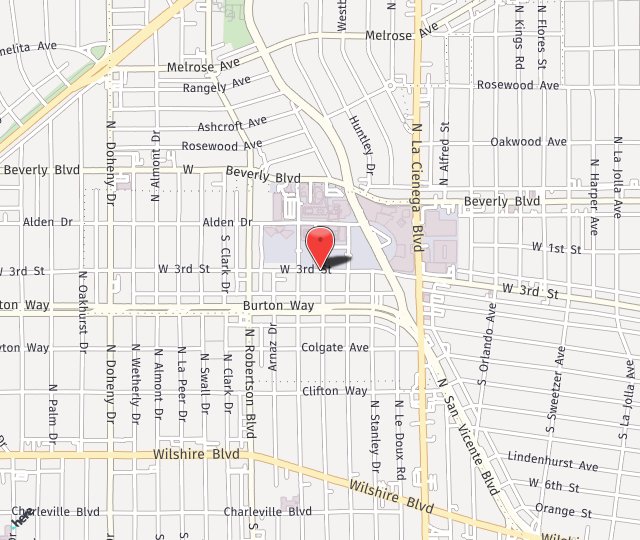Headaches & Migraine

What Is A Chronic Headache?
Chronic Headaches include migraines, occipital neuralgia, trigeminal neuralgia, posttraumatic headaches, and postoperative headaches. They typically last 15 or more days a month for at least 3 months.
Signs and Symptoms of Chronic Headaches
Symptoms depend on the type of chronic headache. Migraine headaches occur on one-side and are accompanied by nausea, disturbed vision, and sensitivity to light and sound. Some people have an aura just before a migraine begins, which can be flashes of light (visual), difficulty speaking (verbal), or hearing voices (auditory). Occipital neuralgia is an aching, burning, and throbbing pain that starts at the base of the head and radiates up the scalp. Patients can report pain when lying on the back of their head and sometimes pain behind their eyes. Trigeminal neuralgia is an aching pain that occurs on one side of the forehead or temple. Posttraumatic and postoperative headaches can involve either the forehead, temple, or base of the head depending on the site of the injury.
What Causes Chronic Headaches?
Chronic Headaches arise from disturbances in blood flow, hormones, brain (central) signaling, and/or nerve compression (peripheral). Migraines can be triggered by birth control pills, medications that dilate blood vessels, stress, alcohol, caffeine, artificial sweeteners, bright lights, and strong smells. Whiplash injuries of the neck can be responsible for posttraumatic headaches.
Nerve compression, irritation, and inflammation can be a common trigger to different types of headaches. Throughout the head and neck, nerves travel beneath a passageway formed by arteries, fascia, and/or muscle. These nerve passageways can be narrowed when patients develop spasm or tightness of the head and neck muscles or an increase in size of the arteries. As the nerves travel beneath these tight passageways, they can be damaged by the pressure and develop inflammation and irritation. The damaged nerve triggers pain (headaches) when the compression is ongoing or severe.
How Are Chronic Headaches Diagnosed?
Chronic headaches can generally be diagnosed by the history of symptoms and physical exam. When the source of the headache is nerve compression, patients will report tenderness at known nerve compression sites. Improvement of the headache with injection of a numbing medicine or muscle relaxant (Botox®) further supports nerve compression as a major trigger for headaches.
Treatment Options for Chronic Headaches
What To Expect After Headache Surgery
Nerve decompression for headaches generally takes less than one-hour per site and can be performed under general anesthesia. After the completion of surgery, the head and neck is gently wrapped in a soft, bulky dressing. Following a 1-2-hour recovery period, patients are discharged home the same day on Tylenol, Motrin, and sometimes on a short course of narcotics. Two days after surgery, patients may take off their bandages and get the incision wet. With mild and/or intermittent symptoms, headache relief is often immediate. With long-standing or severe cases, headache relief may be more gradual and over the course of many months.
Schedule a Consultation
To learn more about treatment options for chronic headaches, schedule an appointment with Los Angeles Nerve Institute. Our practice can be reached at 310.423.2129.


